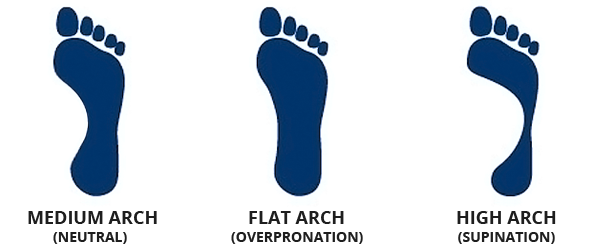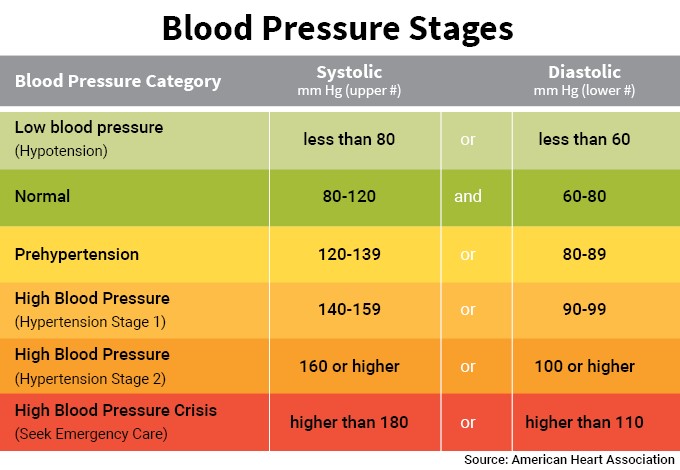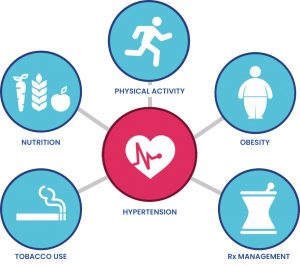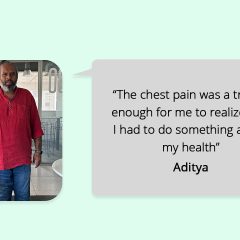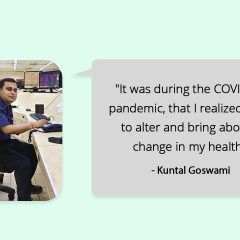
Today, most of are used to late night parties – whether it’s an office party, a birthday celebration, a marriage anniversary or similar events. Partying is often seen as a way to relieve stress and enjoy ourselves.
One of the most common beverage at parties is ALCOHOL. Any celebration is often marked by the presence of beer, vodka, champagne, tequila, rum, whisky, etc., flowing like water. Some people enjoy drinking alcohol, whether it’s hard liquor or beer, while others are social drinkers who drink to enjoy and celebrate. Many drink under the guise of being stressed or overworked, which can lead to become an alcoholic.
The harmful effects of alcohol on our body and immune system are well-known, but there is still a constant desire to drink at every opportunity.
The real fact is that many people are not completely aware of the dangerous side effects of alcohol and how it can lead to addiction, which is harmful to one’s immune system and the liver.
A good immune system helps our body fight diseases and virus that enter our body. However, excessive alcohol consumption deprives the body of valuable immune-boosting nutrients, such as Vitamin A, and can impair white blood cells, which are our body’s defense against illness and disease, making them less able to kill germs.
Damage to the immune system increases with the level of alcohol consumed. For those who are addicted to alcohol, there are several immediate issues such as:
- Slurred speech
- Drowsiness
- Vomiting
- Diarrhea
- Upset stomach
- Headaches
- Breathing difficulties
- Distorted vision and hearing
- Impaired judgment
- Decreased perception and coordination
- Unconsciousness
- Anemia (loss of red blood cells)
- Coma
- Blackouts (memory lapses, where the drinker cannot remember events that occurred while under the influence)
LONG-TERM EFFECTS OF ALCOHOL
Binge drinking and continued alcohol use in large amounts are associated with numerous health issues and heart problems, including:
- Unintentional injuries such as car crashes, falls, burns, drowning
- Intentional injuries such as firearm injuries, domestic violence
- Increased on-the-job injuries and loss of productivity
- Increased family problems, broken relationships
- Alcohol poisoning
- High blood pressure, stroke, and other heart-related diseases
- Liver disease
- Nerve damage
- Sexual problems
- Permanent damage to the brain
- Vitamin B1 deficiency, which can lead to a disorder characterized by amnesia, apathy, and disorientation
- Ulcers
- Gastritis (inflammation of stomach walls)
- Malnutrition
- Cancer of the mouth and throat
Alcohol is not just harmful to your body and its systems; it can also lead to weight gain. Research shows that calories from alcohol are “empty calories,” meaning they have no nutritional value. Most alcoholic drinks contain traces of vitamins and minerals, but not usually in amounts that significantly contribute to our diet.
Drinking alcohol also reduces the amount of fat your body burns for energy. While we can store nutrients, protein, carbohydrates, and fat in our bodies, we can’t store alcohol. So our systems want to get rid of it, and doing so takes priority. All of the other processes that should be taking place (including absorbing nutrients and burning fat) are thus interrupted due to alcohol.
Here are some common alcoholic beverage and the alcohol content:
- Beer: 2-6% alcohol
- Wine: 8-20% alcohol
- Tequila: 40% alcohol
- Rum: 40% or more alcohol
- Brandy: 40% or more alcohol
- Gin: 40–47% alcohol
- Whiskey: 40–50% alcohol
- Vodka: 40–50% alcohol
These are some calories counts for various drinks:
- Beer contains 43 calories per 100 ml
- Wine contain 83 calories per 100 ml
- Tequila contains 96 calories in one jigger (shot)
- Rum contains 231 calories per 100 ml
- Brandy contains 104 calories in one jigger (shot)
- Gin contains 222 calories per 100grams
- Whisky contains 700 calories per 100 ml
- Vodka contains 231 calories per 100 ml
Having said all this, would you still want to consume alcohol? Think twice.
We hope this article helps you understand the effects of alcohol on your health. If you have any tips or experiences to share about managing alcohol consumption, let us know in the comments below. For more health tips and information, check out Healthy Reads or speak to a certified expert by subscribing to GOQii’s Personalised Health Coaching here.
#BeTheForce

